The way we clean is changing. Big cords, bulky bodies, and tangled hoses aren’t the only way to get power anymore. Vacuums have gone cordless, and with that shift comes a new kind of question: can the small and simple setup still be strong enough? What used to be a trade-off between power and portability is no longer so clear. Today’s cordless vacuums are built for real homes, real messes, and real speed. So, how do they really stack up next to the old plug-in vacuums?
1. Suction Power: Is a Cordless Vacuum as Strong as a Corded One?
It’s easy to assume that a vacuum with a cord must be stronger. After all, it’s always connected to power. But today’s cordless vacuums tell a different story.
Cordless models used to struggle with deep cleaning. Their batteries could not support strong suction power for long periods. Now, things have changed. Thanks to better battery performance, many cordless vacuums can clean carpets, hardwood floors, and tiles with surprising strength (100–300+AW).
Some models, like the Dreame Z30 Cordless Stick Vacuum, reach 310AW suction power with a TurboMotor™ that spins up to 150,000 RPM. That level of cleaning efficiency works well across all surface types. Even mid-range models such as the Dreame Z20 offer 250AW, enough to lift hair, dust, and ground-in dirt. The Dreame R10 Pure, with 120AW, is great for everyday messes in smaller homes.
Corded vacuums still tend to offer more consistent suction (250–400AW) for long sessions, especially for large areas or homes with thick carpets. But cordless vacuums have closed the gap. For many users, the suction power difference is no longer a deal-breaker.
Dustbin, Filters, and Bagged vs. Bagless: What Really Matters?
Bagless vacuums are cheaper over time. There are no bags to buy or replace. But they do require more frequent emptying, and that can expose users to dust. Bagged vacuums, on the other hand, tend to trap dirt better and are cleaner to empty. They are often preferred in homes where allergy control is a top concern.
Filters also matter, especially in homes with pets or sensitive lungs. High-efficiency filters help improve air quality during cleaning. For example, the Dreame Z30 Cordless Stick Vacuum uses a HEPA filtration system with 99.99% efficiency, capturing particles as small as 0.1 microns. That helps remove dust, bacteria, and even some viruses from the air.

Dustbin size affects how often you stop cleaning to empty the bin. The Dreame Z30 and Z20 come with a 0.16-gallon dust cup. For small apartments or daily touch-ups, this size is enough. For deeper cleans or large homes, more frequent trips to the trash can may be needed.
Filters that can be washed also help keep maintenance costs low. Many cordless vacuums now include washable parts, so you don’t have to replace them often. In short, filter quality and dustbin ease are just as important as suction when picking a vacuum.
Accessories Range: Which Cleaning Setup is More Flexible?
Not all vacuums come with the same tools. The accessories you get and how easy they are to use can change how well a vacuum fits your home.
Corded vacuums often come with a few standard attachments: a crevice tool, a brush for furniture, and maybe a motorized head for carpets. These are helpful, but they can be bulky or hard to swap in and out. Some may find the hose setup awkward, especially when reaching tight spots or ceilings.
Cordless vacuums have shifted the game here. They often focus on quick, easy changes between tools. The Dreame cordless stick vacuums, for example, often include various accessories:
- Rotating Soft Dusting Brush: For delicate surfaces, with a rotating head and extension hose for precise cleaning.
- Motorized Mini-Brush: Removes fur and dust from furniture with an anti-tangle design.
- Combination Tool: Reaches into corners and crevices for focused cleaning.
- Flexible Adapter: Bends the tube to clean under furniture or tight spots without straining.
- Pet deshedding tool: Combs and lifts pet hair directly into the suction path. For homes with animals, that one tool can save hours.

Having the right accessories means you don’t need a second vacuum for the car or stairs. A flexible setup lets one vacuum handle floors, upholstery, shelves, and everything in between. That level of versatility is harder to find in older corded machines.
Portability, Storage & Weight: Where One Vacuum Wins Big
Heavy vacuums (over 6 lbs) can make cleaning feel like a workout. Moving upstairs, lifting onto shelves, or fitting into closets all take effort. That’s where cordless vacuums shine.
Most cordless stick vacuums are slim, light, and easy to move with one hand. They work well in small homes, studio apartments, or rooms with limited storage. The Dreame R10 Pure Cordless Stick Vacuum, for instance, weighs only 3.64 lbs. It’s comfortable to carry and can easily reach low or high places without strain.
Cordless vacuums also help avoid a daily headache: the cord. Long cords often get tangled around furniture. They drag behind, slow you down, and sometimes unplug during use. Cord management becomes one more task. In tight spaces or small rooms, this is more frustrating than useful.

Storage is simpler, too. Many cordless models offer wall-mounted solutions or ground-based units. The Dreame Z30 and Z20 store both the vacuum and extra nozzles in one place. That keeps everything organized and ready without taking up floor space.
For those who live in compact spaces or just want to grab and go, cordless vacuums remove many of the small annoyances that come with larger corded machines.
Noise Levels: Which One Is Quieter?
Vacuum noise is easy to ignore at first, but over time, it becomes one of the most noticeable parts of your cleaning routine. A loud vacuum can interrupt phone calls, scare pets, or wake up babies during nap time.
Corded vacuums tend to have stronger motors that produce more noise. Many run at levels between 75 and 85 decibels, which is similar to standing next to a busy road. That kind of volume may be fine for short bursts, but in a quiet home, it quickly feels overwhelming.
Cordless vacuums are often designed with quiet operation in mind. Their smaller motors and battery-powered design usually keep sound levels between 65 and 75 decibels, about as loud as a conversation or background music. The Dreame R10 Pure Cordless Stick Vacuum, for example, focuses on low-noise operation without reducing suction strength. This can make a real difference in households with noise-sensitive people or pets.

If peace and quiet are part of your ideal cleaning setup, a cordless vacuum may be the better fit.
Cost Breakdown: Which Gives More Value for Money?
The real question here is not just what you spend, but what you get in return.
Corded vacuums are often priced lower at first. Many solid models can be found for under $100. They also last a long time, and there’s no need to replace batteries. But they may need more storage space, and most do not include modern features like smart dirt detection or LED lighting.
Cordless vacuums tend to cost more up front, especially models with strong battery performance or smart tools. But they bring greater convenience. The freedom to move around, clean small messes quickly, and switch tools without effort often justifies the higher price.
Take the pricing for some Dreame cordless vacuums:
- Dreame R10 Pure Cordless Stick Vacuum: $149.99
- Dreame Z20 Cordless Stick Vacuum: $299.99
- Dreame Z30 Cordless Stick Vacuum: $349.99
These prices reflect different levels of power and features, which can fully meet your cleaning needs. The R10 Pure is more affordable and great for light cleaning. The Z30 offers high-end suction power and smart filtration for people who want a complete deep-clean tool.
When considering value for money, think about how often you vacuum, what features matter most, and how much storage or noise you’re willing to deal with. Cost goes beyond the price tag; it also includes time saved, comfort, and ease of use.

Maintenance: How Easy Is It to Maintain Cordless vs. Corded Vacuums?
Maintenance is where the differences between vacuum types are clearly shown. While both need occasional cleaning, the type of upkeep varies.
Corded vacuums use simple motors and run directly on power. They usually last a long time and don’t need battery care. But they can be heavier, harder to store, and not as easy to empty. The dustbin or bag is often larger, which means less frequent dumping but a bulkier design overall.
Cordless vacuums need more regular attention to their battery. Most models run between 30 and 90 minutes per charge, depending on the battery size and suction level. Even though battery health is something to monitor over time, cordless vacuums are easier to handle day to day. Parts are often washable, and their light build helps users reach under beds or clean up quick messes with less effort.
Both types may include HEPA filters, but replacement and cleaning cycles depend on how often you vacuum and what kind of dust you deal with. The Dreame Z30, Z20, and R10 Pure all feature washable components that simplify filter maintenance.
At the end of the detailed comparison, you may want to take a quick look at how the two compare in terms of key features:
| Feature | Corded Vacuums | Cordless Vacuums |
|---|---|---|
| Suction Power | Consistently strong (250–400AW) | 100–300+AW |
| Battery Life | Unlimited (plugged in) | 30–90 minutes per charge |
| Dustbin Size | Often larger | Smaller, needs frequent emptying |
| Filtration | HEPA optional | HEPA optional |
| Weight | Heavier | Lighter, easier to carry |
| Noise Level | Louder | Quieter |
| Price Range | Lower upfront | Higher upfront, but smarter |
| Best For | Deep cleans, big homes | Daily cleaning, pets, smaller homes |
Common Misconceptions of Cordless vs. Corded Vacuums
Many still hold onto outdated ideas about how vacuums should work. Some of these thoughts used to be true, but they no longer apply to modern models.
Misconception 1: Cordless vacuums can’t clean carpets.
Truth: That may have been the case years ago, but not anymore. Newer cordless vacuums have stronger motors and better brushes. Many can handle carpets, rugs, and even deep-pile areas without issue.
Misconception 2: Corded always means more powerful.
Truth: In reality, suction strength depends on the design, not just the power source. There are cordless vacuums that outperform basic corded models, especially in homes with mixed surfaces.
Misconception 3: Cordless vacuums don’t last long.
Truth: Battery technology has come a long way. Today’s lithium-ion batteries offer longer run times, shorter charging cycles, and stable power throughout use. With proper care, modern cordless vacuums can hold up well for several years.
The vacuum market has moved forward, and cordless models are no longer a weak substitute.
Cordless Vacuum Pros: Why They’re Taking Over Homes
More people are reaching for cordless vacuums, and the reason is simple:
- These vacuums offer convenience. There’s no cord to drag, untangle, or plug in again and again. That freedom helps people clean faster and with less effort.
- Cordless vacuums are perfect for quick clean-ups. Spilled cereal, pet fur, dirt from shoes; these don’t require setting up a bulky corded machine. With a cordless vacuum, you just grab, clean, and move on. This is especially helpful in homes with pets, children, or frequent visitors.
- Their slim build and light weight also help. Many cordless models can reach under sofas or up to high corners without extra tools. Cleaning becomes part of the daily routine, not a weekend task.
For high-traffic homes or anyone who cleans often, the cordless vacuum stands out. It saves time, avoids hassle, and fits well into busy lifestyles.
Dreame Cordless Vacuum Features That Make a Difference
Some cordless vacuums go beyond the basics. Dreame models, for example, include features that improve both performance and comfort during use.
- Advanced filtration systems: The Dreame Z30 Cordless Stick Vacuum offers HEPA filtration with 99.99% efficiency, capturing particles as small as 0.1 microns. The Dreame Z20 reaches the same level for particles ≥0.3 microns. These filters help remove dust, bacteria, and allergens from the air.
- LED lighting: The CelesTect™ Technology used in both the Z30 and Z20 lights up dust that normally hides in corners or along walls. That helps users clean thoroughly, even in low-light spaces.
- Smart cleaning adjustments: Both the Z30 and Z20 include smart detection and adjustment, which allows the vacuum to change suction based on how dirty the surface is. That supports better battery use and more accurate cleaning.
- Storage and ease of use: The Dreame Z30, Z20, R10 Pure come with washable components, one-press dirt release, and ground base storage. These reduce daily effort and keep everything organized without needing wall mounts.
Together, these features turn a standard vacuum into something smarter and more enjoyable to use. For people who want more than just basic cleaning, Dreame cordless vacuums bring clear advantages.
Final Verdict: Which Vacuum is Right for You?
For larger homes or deep cleaning days, a corded vacuum still offers consistent suction and unlimited runtime. Because it handles longer sessions and bigger messes without needing recharges. But for daily cleaning, quick messes, and smaller spaces, cordless vacuums bring more comfort. They’re lighter, easier to store, and help you clean faster without the hassle of cords.
If your cleaning style leans toward fast moves, quick switches, and smart storage, put trust in Dreame. For we provide strong options at every level. From the lightweight R10 Pure to the high-performance Z30 with 310AW suction and smart detection, there’s always a model that will never fail your expectations.

















































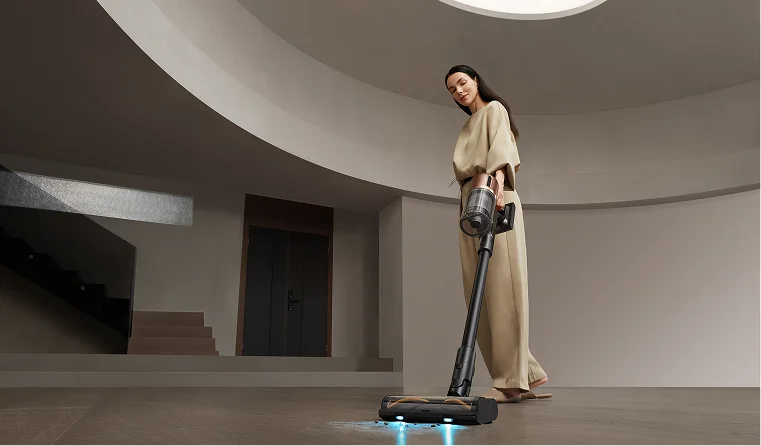
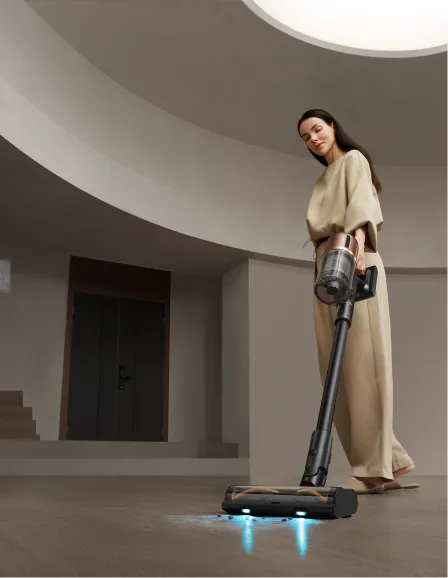
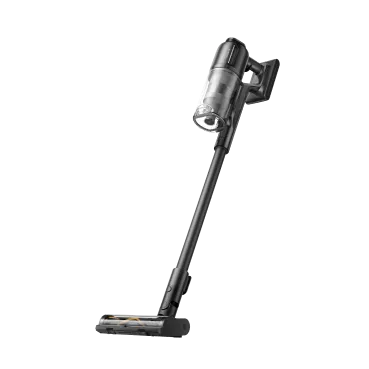
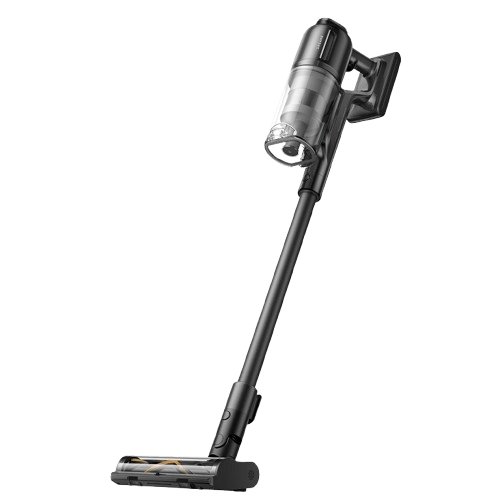
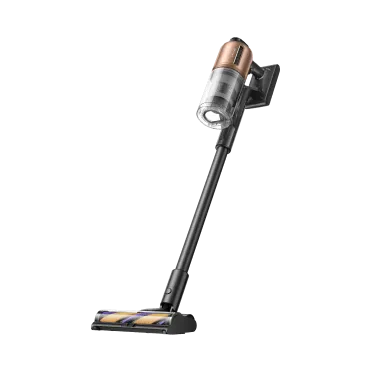
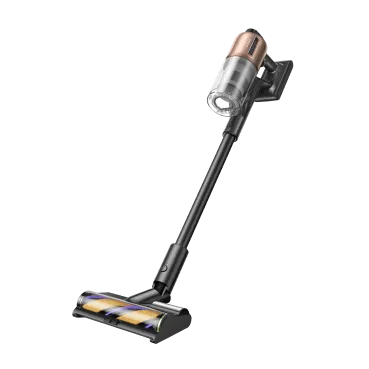
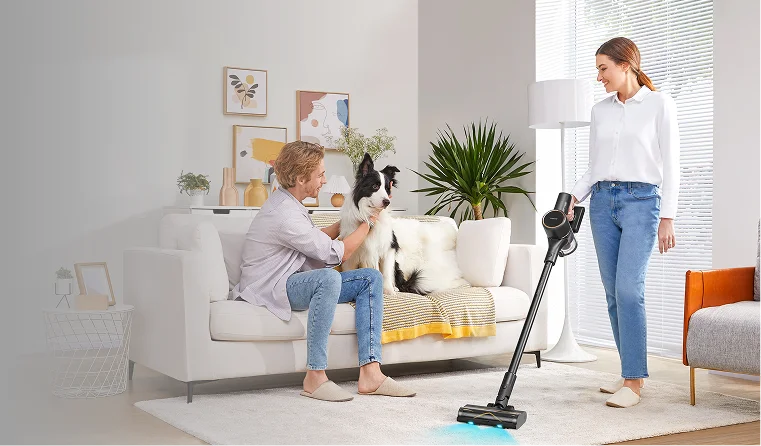
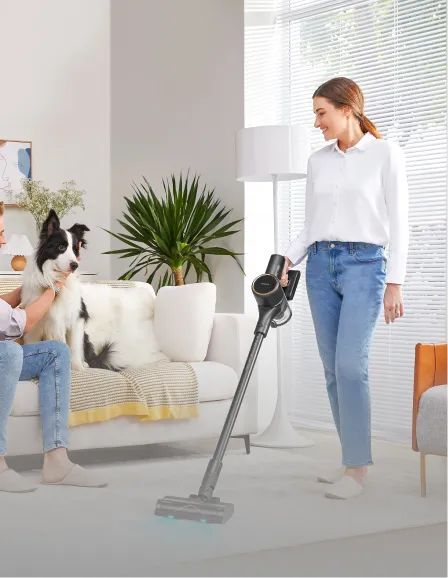
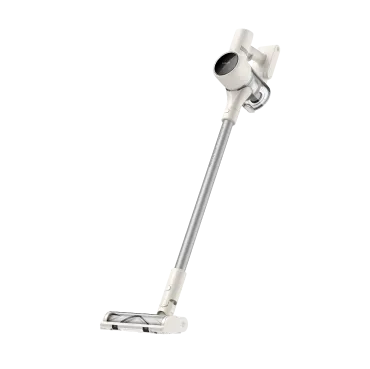
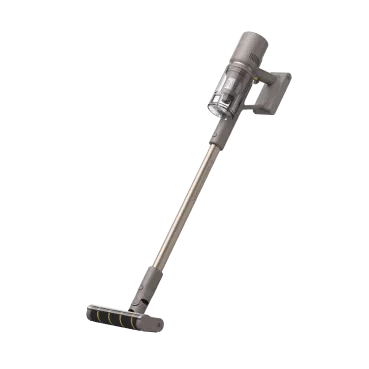
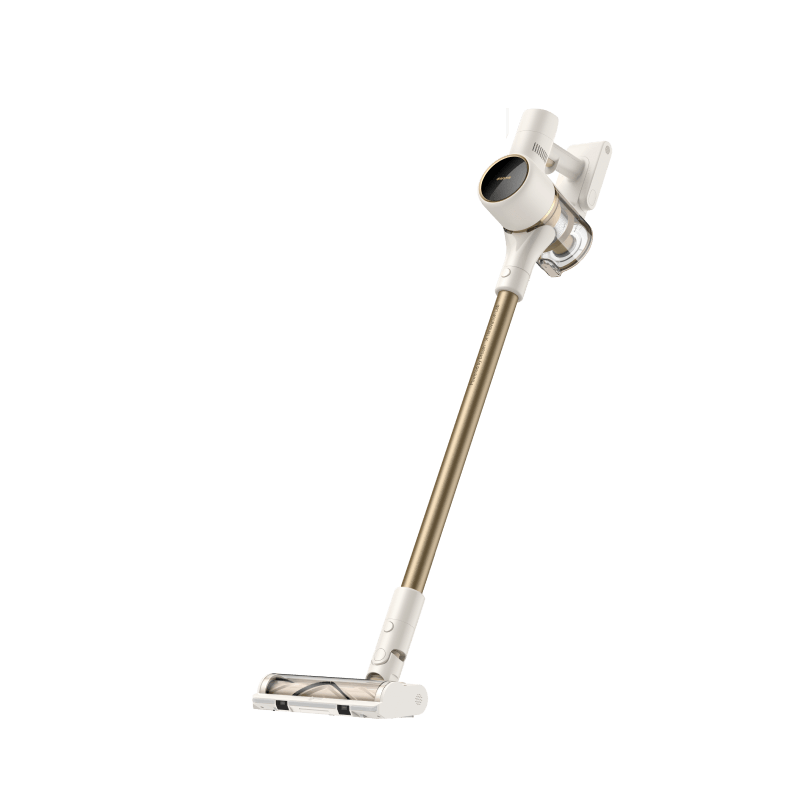
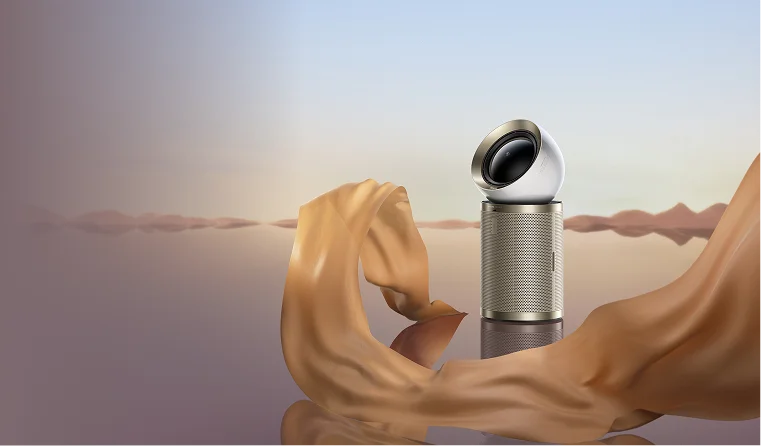
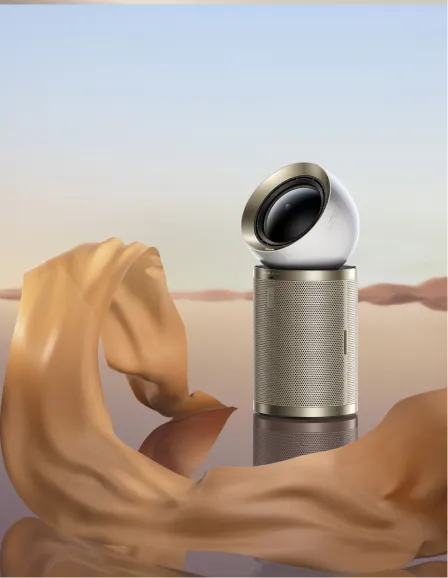

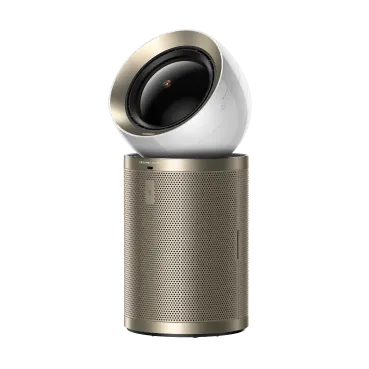
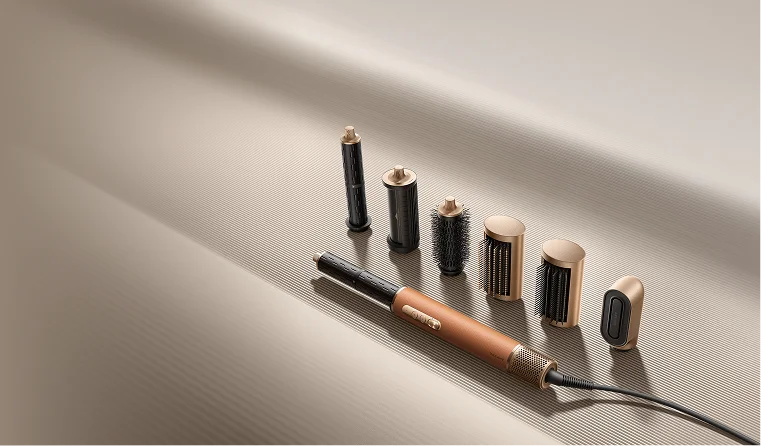
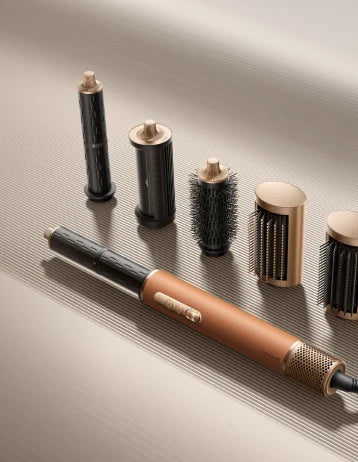
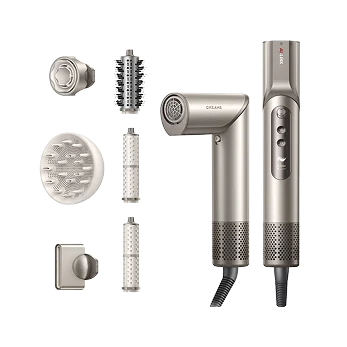


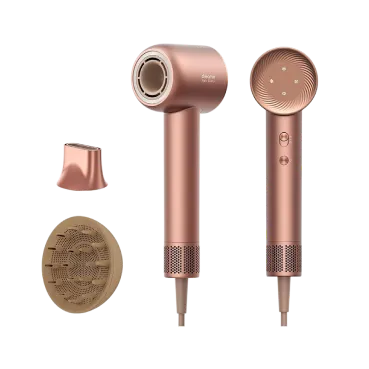
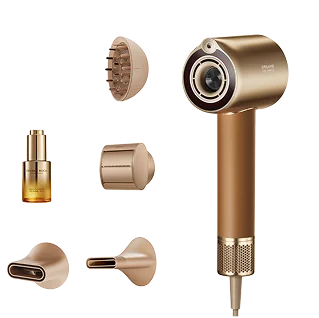
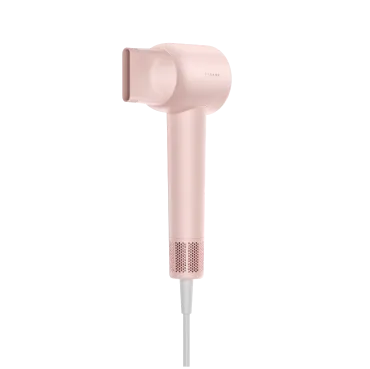


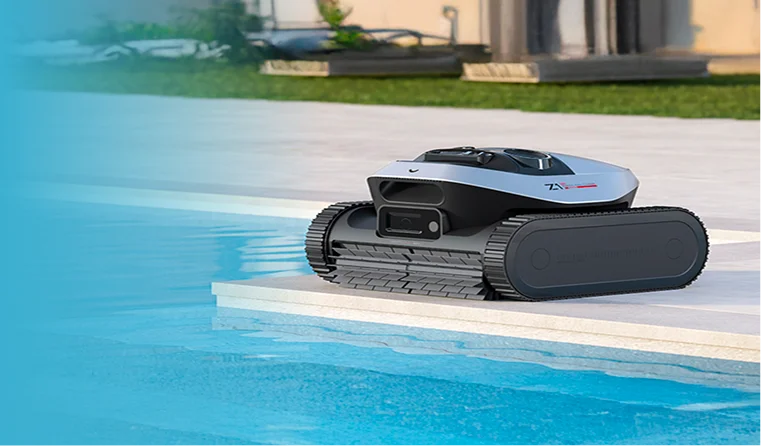
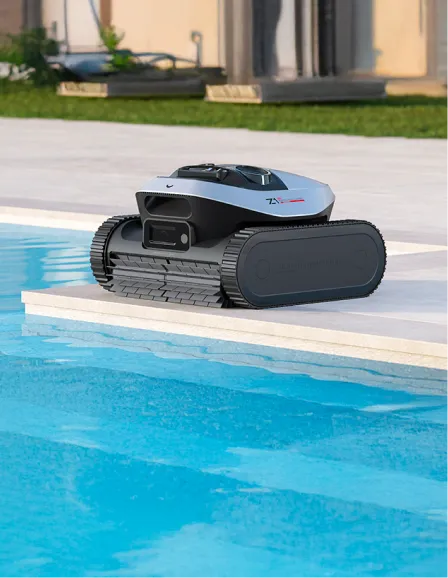
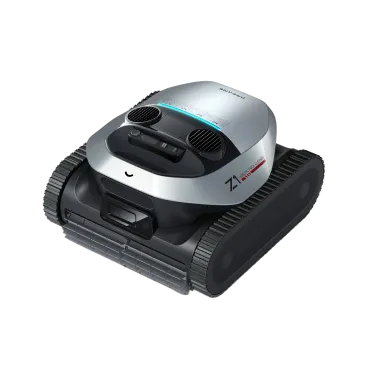
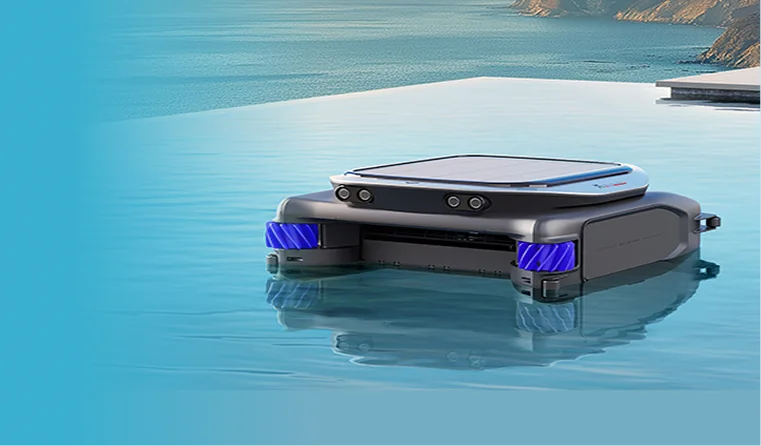
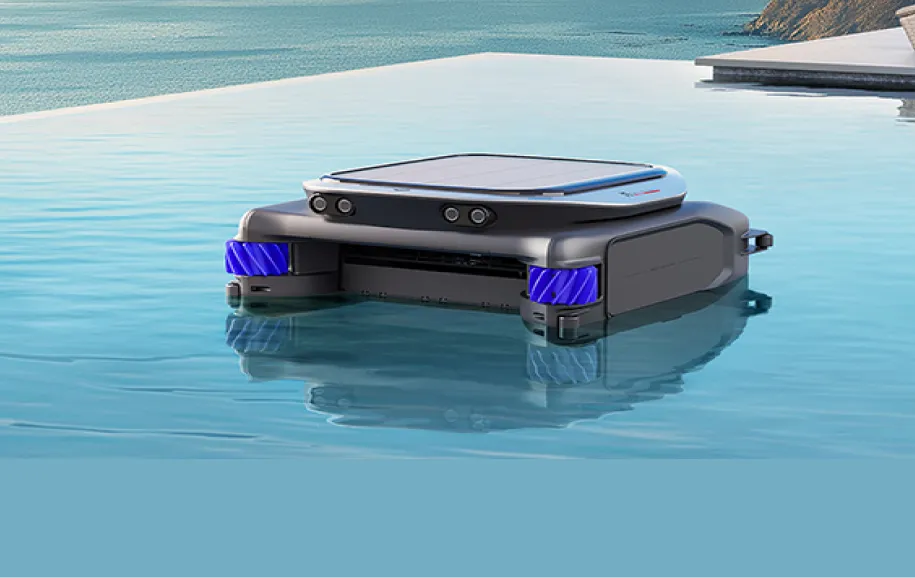










 Australia
Australia 中国大陆
中国大陆 日本
日本


 Türkiye
Türkiye


 Italia
Italia
 Netherlands
Netherlands Belgium
Belgium
 Greece
Greece Polska
Polska
 Norway
Norway
 Sweden
Sweden
 Finland
Finland
 Denmark
Denmark
 Hungary
Hungary Czechia
Czechia
 Slovenia
Slovenia
 Croatia
Croatia
 Switzerland
Switzerland United Kingdom
United Kingdom
 Canada
Canada



